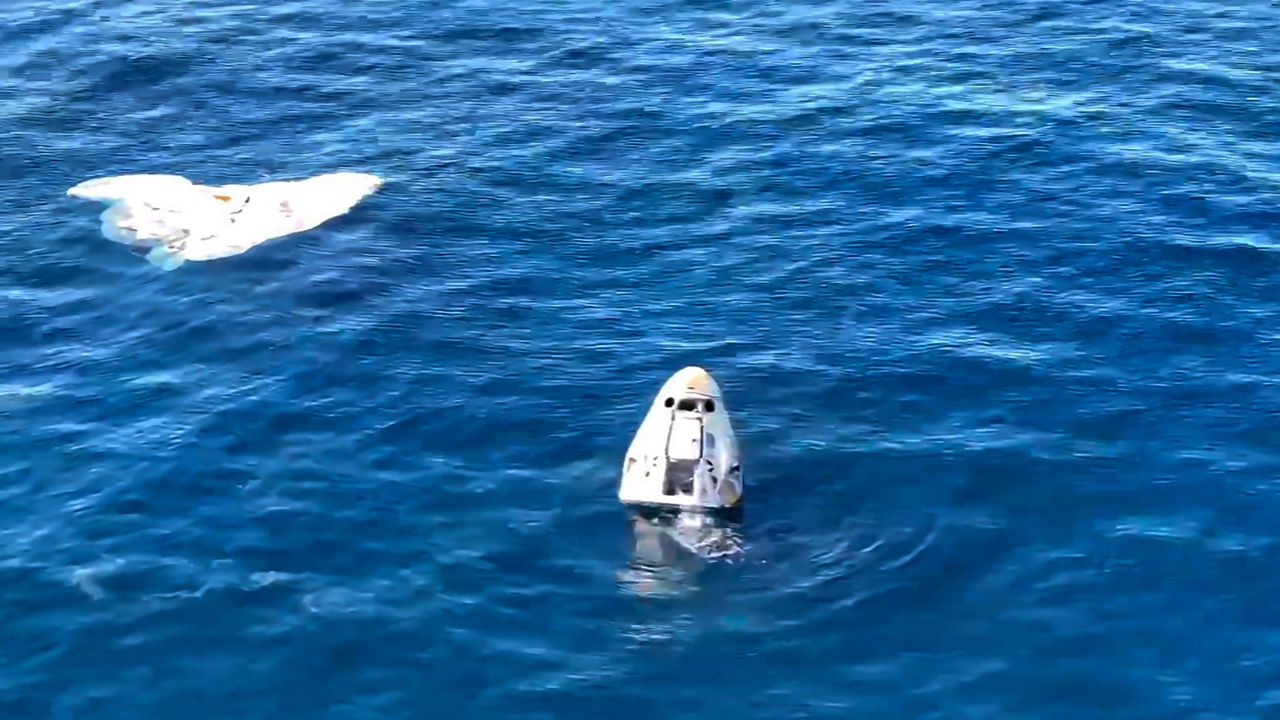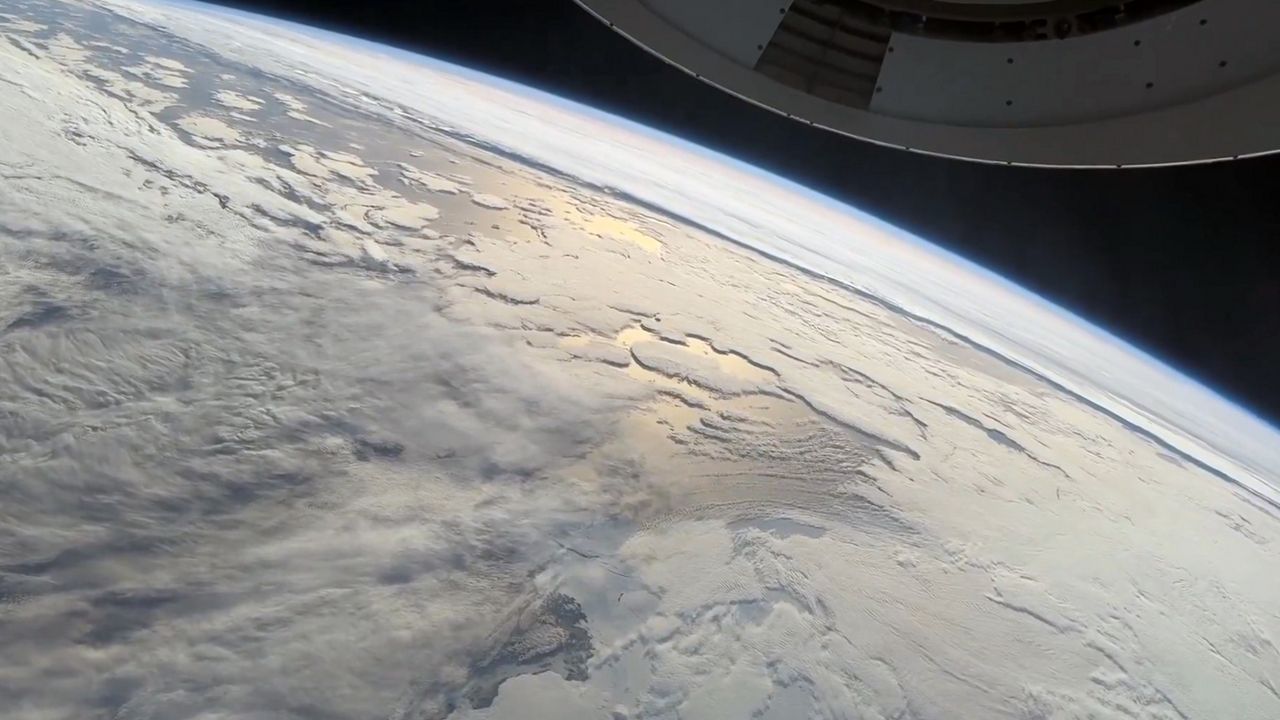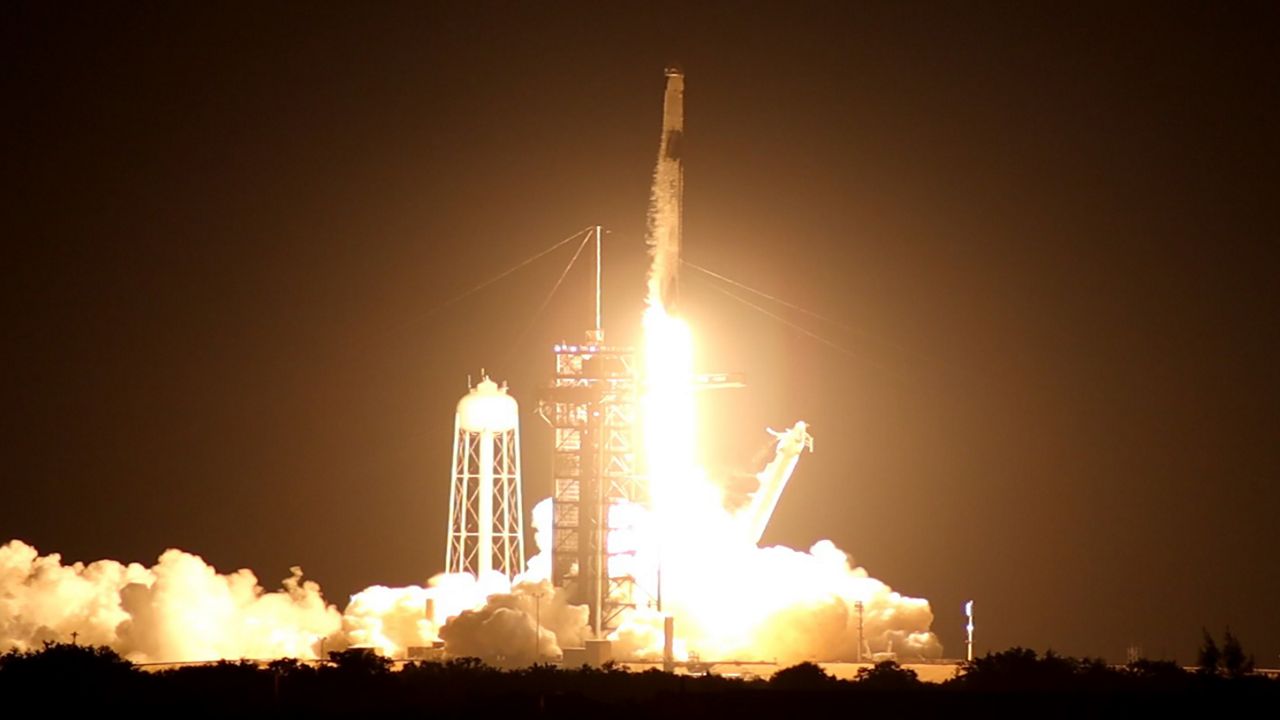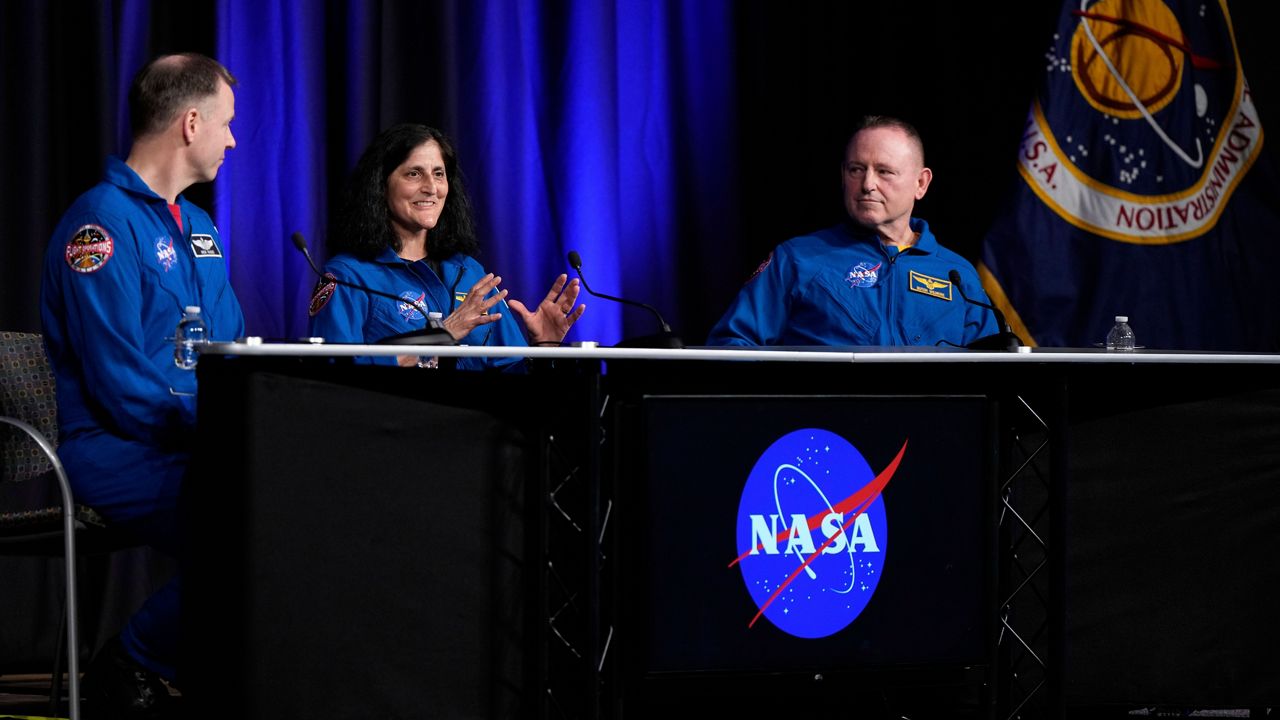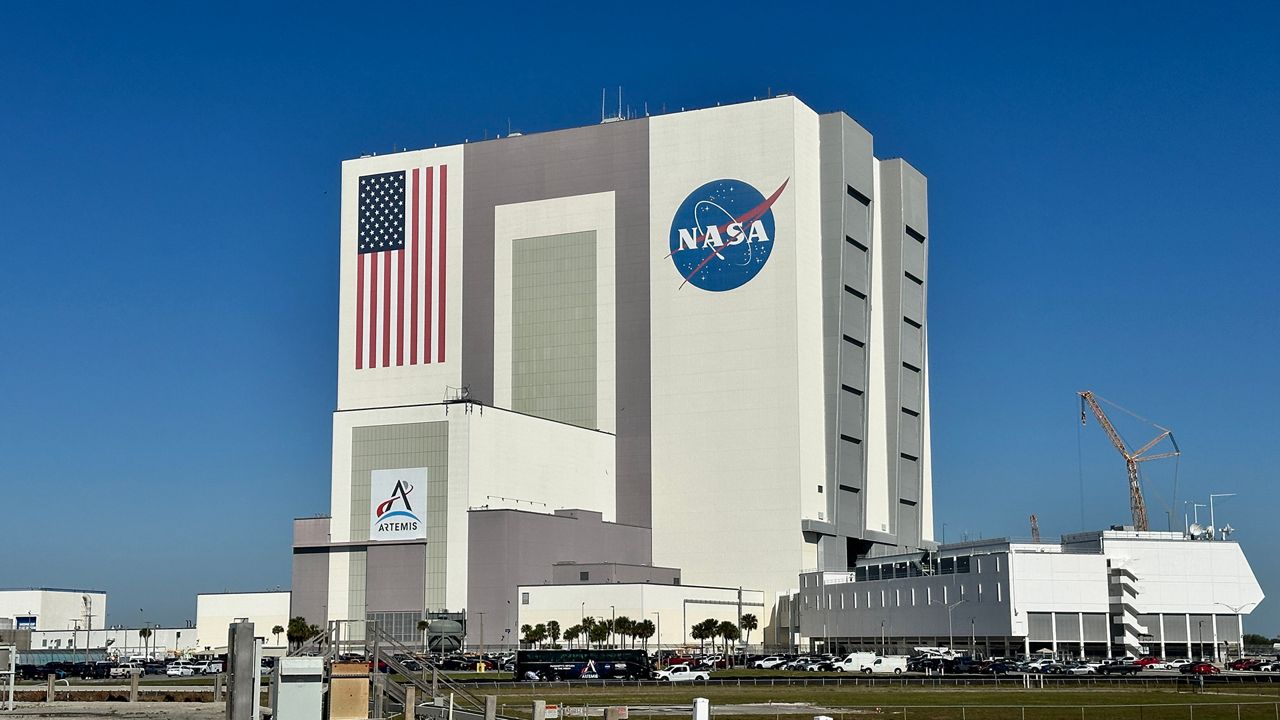BOCA CHICA BEACH, Texas — SpaceX confirmed a rapid unscheduled disassembly after the company lost control of its Starship during its eighth test on Thursday night, but it was able to catch its Super Heavy booster for a third time.
The company confirmed Starship experienced the event during the ascent burn. SpaceX also reported the team began coordination with safety officials to implement a response.
Shortly after SpaceX announced it lost control of the craft, flights were delayed flying into Florida destinations like Miami International Airport, Fort Lauderdale Airport, Orlando International Airport.
What You Need To Know
- SpaceX has lost contact with Starship after losing altitude control
- During the eighth test of Starship, SpaceX was going to deploy Starlink satellite simulators
- SpaceX caught the Super Heavy booster for a third time with Mechazilla
The famed 397-foot-tall (121 meter) Starship took off from the company’s Starbase facility in Boca Chica, Texas, on Thursday, SpaceX stated. The launch took place at 6:30 p.m. ET for the suborbital test flight.
However, around eight minutes after launch and after successfully catching the Super Heavy Booster, the uncrewed Starship lost altitude control. During the live feed, cameras onboard the ship captured it spinning around.
Moments later, all contact was lost.
It will be a while until it will be determined what caused Starship to lose control like that as SpaceX's team is still collecting and going over the data.
It cannot be determined if the booster issue that forced SpaceX to scrub its Monday launch attempt had anything to do with what happened to Starship.
The launch supposed to go up on Wednesday at 6:30 p.m. Et, but it was pushed back to the following day. SpaceX did not state why it rescheduled the launch.
But parts of the test were successfully, such as the hot stage separation.
And, of course, the Super Heavy booster being caught by the 400-foot (122 meter) tall launch tower’s metal arms, which have been called chopsticks. It is also affectionately known as Mechazilla. It happened about seven minutes after takeoff.
Mechazilla has caught the Super Heavy booster! pic.twitter.com/JFeJSdnQ5x
— SpaceX (@SpaceX) March 6, 2025
Super Heavy is the rocket booster part of the vehicle, while the spacecraft is called Starship. When they are stacked together, they are known as Starship.
Starship is scheduled to send people back to the moon during the Artemis III.
The first take off attempt
The launch was supposed to happen on Monday night, but a booster issue forced SpaceX to scrub the attempt.
SpaceX did not state what the issue was, but at the T-40 mark of the countdown, there was a hold, and engineers eventually determined the launch was a no go.
The one-hour launch window opened at 6:30 p.m. ET. However, SpaceX pushed the launch to 6:45 p.m. ET. But eventually, it did not go up.
After it was announced that SpaceX was going to scrub the launch attempt, the company’s CEO and founder Elon Musk took to X and stated the team might de-stack the giant rocket.
Too many question marks about this flight and then we were 20 bar low on ground spin start pressure.
— Elon Musk (@elonmusk) March 4, 2025
Best to destack, inspect both stages and try again in a day or two. https://t.co/TekpJ0uz5y
Musk owns X, formerly known as Twitter.
Starship’s flight test history
Starship’s first launch attempt happened in April 2023 and saw a series of failures that caused the rocket to blow up.
Months later, the second test forced SpaceX to activate the self-destruct feature on Starship. The new stage separation, called hot stage separation, worked as designed, but it caused the rocket’s annihilation.
For the fourth test in June 2024, extra thrusters were added to Starship to avoid it from rolling, which lead to its forerunner’s destruction in the third test.
During the fifth test in October 2024, the chopsticks caught the Starship's rocket booster for the first time.
However, during the sixth test in November 2024, that did not happen and SpaceX was forced to do a controlled splashdown of the booster in the Gulf of America. Starship itself performed well.
For the seventh test flight in January of this year, SpaceX lost all communications with Starship's upper stage after it was able to catch the ship's massive rocket booster in the launch pad’s chopsticks.
After Starship's upper stage communications were lost, SpaceX's safety system was trigged automatically causing the upper stage to explode over the Turks and Caicos Islands.
SpaceX provided a full summary of flight seven.
The FAA grounded SpaceX’s Starship a few days later. On Wednesday, Feb. 26, the FAA issued two statements.
The first being that after a comprehensive safety review, the agency determined that Starship is allowed to take flight again.
The second statement is that SpaceX met all the safety and environmental requirements for the suborbital test flight of the eighth test.
What to expect for #8
For the eighth flight, Starship will deploy four Starlink satellite simulators. This will be the first time that Starship will have a satellite deployment mission, even though these are not actual Starlink satellites.
These simulators are expected to burn up on re-entry.
SpaceX owns the Starlink company.
The California-based company mentioned some of the new tests it will conduct during flight eight.
The flight test includes several experiments focused on enabling Starship’s upper stage to return to the launch site. A significant number of tiles have been removed from Starship to stress-test vulnerable areas across the vehicle. Multiple metallic tile options, including one with active cooling, will test alternative materials for protecting Starship during reentry. On the sides of the vehicle, non-structural versions of Starship’s catch fittings are installed to test the fittings’ thermal performance, along with a section of the tile line receiving a smoothed and tapered edge to address hot spots observed during reentry on Starship’s sixth flight test. Starship’s reentry profile is designed to intentionally stress the structural limits of the upper stage’s rear flaps while at the point of maximum entry dynamic pressure.
The Starship is expected to splashdown in the Indian Ocean, west of Australia.
The booster has its own upgrades, like avionics, a more powerful flight computer, improved network and power distribution and smart batteries.






